An explosion of colors with confetti, masks, parades, floats and cheer. The Carnival in Italy is a unique experience, which has its roots in the Middle Ages (about VIII century) and has taken on different nuances in each region over the centuries.
In addition to the most typical and characteristic costumes, also gastronomic specialties are a must you have to try in order to live in the most authentic way this playful holiday.
Desserts, in particular, are an essential element of folklore: that’s why we are going on a journey across the peninsula, from North to South, to discover 10 of the most traditional (and tasty!) Italian Carnival cakes.

Carnival Cakes in Italy
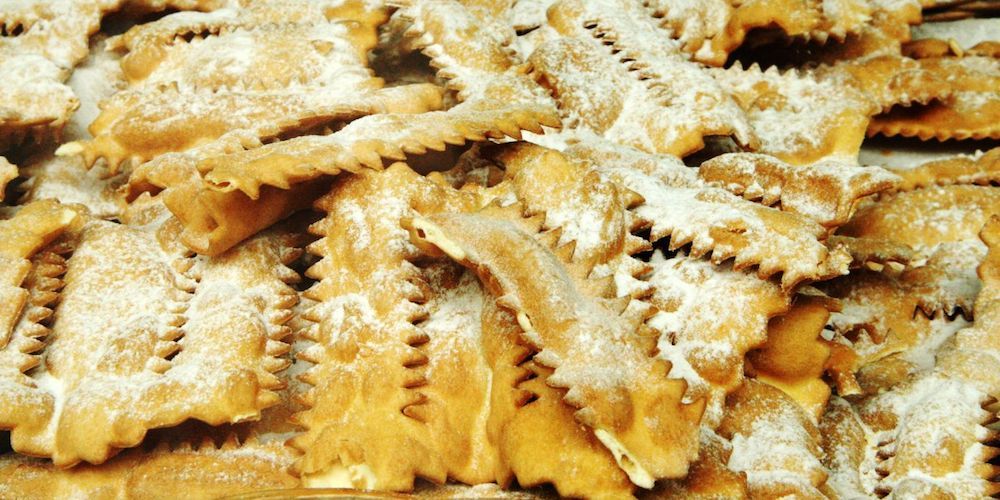
If there’s a time of the year when we can indulge in real sins of gluttony, this is certainly the period of Carnival.
The last day of the carnival festivities, in fact, is Shrove Tuesday, which traditionally represents the last day on which you can consume the most fat and tasty foods before Ash Wednesday and the beginning of Lent (during which, according to Christian customs, you can not consume products such as meat to honor the forty days spent by Jesus in the desert).
Therefore, that’s why at Carnival is almost an obligation to consume the most delicious dishes, such as desserts: from those decorated with icing sugar and colored pralines, to fried cakes, prepared with recipes having centuries of history and realized with simple ingredients like flour, milk, butter, eggs, sugar, honey. There’s something for everyone!
Every region of Italy has its own typical Carnival cakes: let’s find out together ten of them, traveling from North to South in search of the most typical recipes that from generations delight our palates in this period of celebration and cheerful banquets.
The Strauben, Carnival cakes of Trentino-Alto Adige
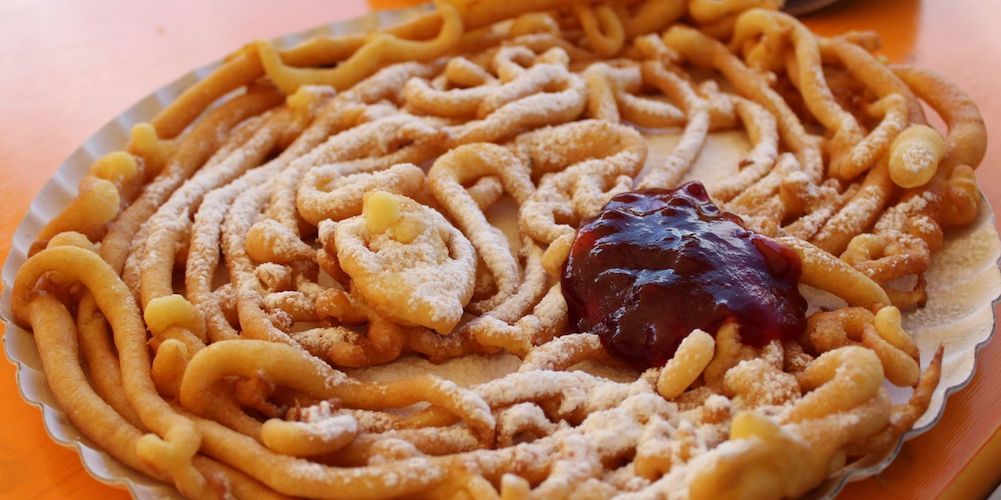
The Strauben are a characteristic and common recipe of Trentino-Alto Adige. It’s a Carnival cake of the high mountain tradition, in the form of tasty fried pancakes, thin and crunchy, made with simple ingredients such as milk, flour, eggs and grappa.
Their characteristic spiral shape is obtained by passing the batter through a funnel. Once fried, Strauben are accompanied with icing sugar and, to taste, with a cranberry jam or a compote of apples or pears.
The typical scent of Strauben floods the air during holidays or town festivals, and recalls the most cheerful and authentic side of Carnival in Trentino.
The Fritole of the Venice Carnival
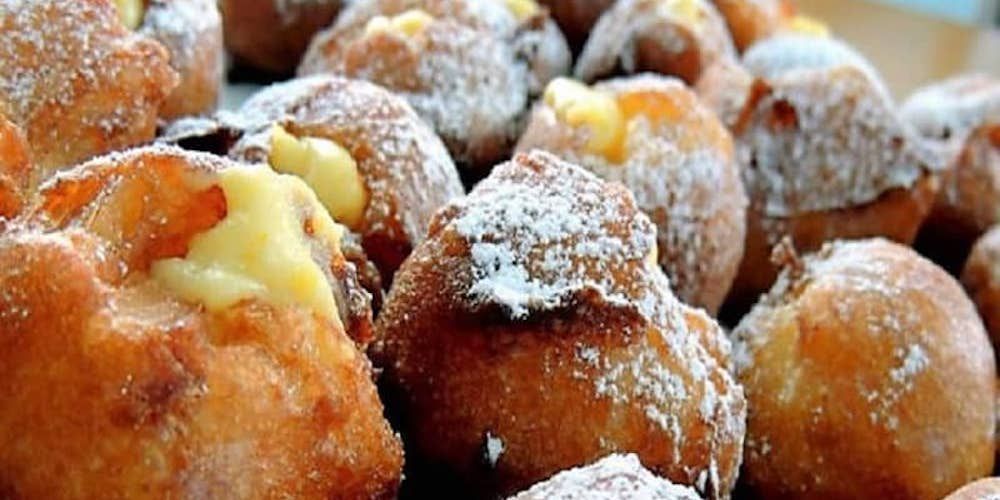
With a distant origin dating back to the time of the Serenissima, until the 19th century the Venetian Fritole were kneaded directly in the street over large wooden boards (a full-scale street food), and then fried in huge pans. Fritoleri were professionals and that’s why the rules of this real job were handed down from generation to generation.
The recipe for these tasty pancakes involves the use of flour, eggs, sugar, raisins, milk and rum and, once cooked, they are sprinkled with granulated sugar. A real delight that is part of the tradition of the Venice Carnival and of the whole Northern Italy.
More info about Venice CarnevalThe Schiacciata Fiorentina
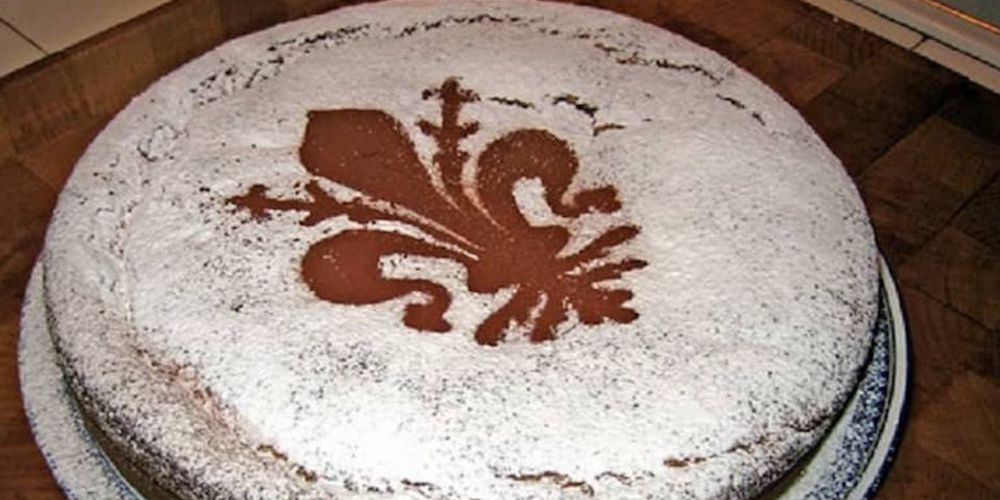
Typical cake decorated with the classic symbol of the fleur-de-lis, the Schiacciata Fiorentina is a Carnival cake with ancient origins.
In the past its preparation used to require a double leavening and the use of lard, but today it’s easier by using flour, sugar, butter, eggs, peel and orange juice (to make the dough particularly fragrant), a teaspoon of baking powder and a dusting of icing sugar.
Apart from the traditional recipe, each Florentine family creates its own variations, for example with the addition of a pinch of saffron to make the final taste even more distinctive, perfect to live the Carnival in company savoring a delicious cake, maybe combined with one of the extraordinary wines of Tuscany!
The Arancini from Marche Region
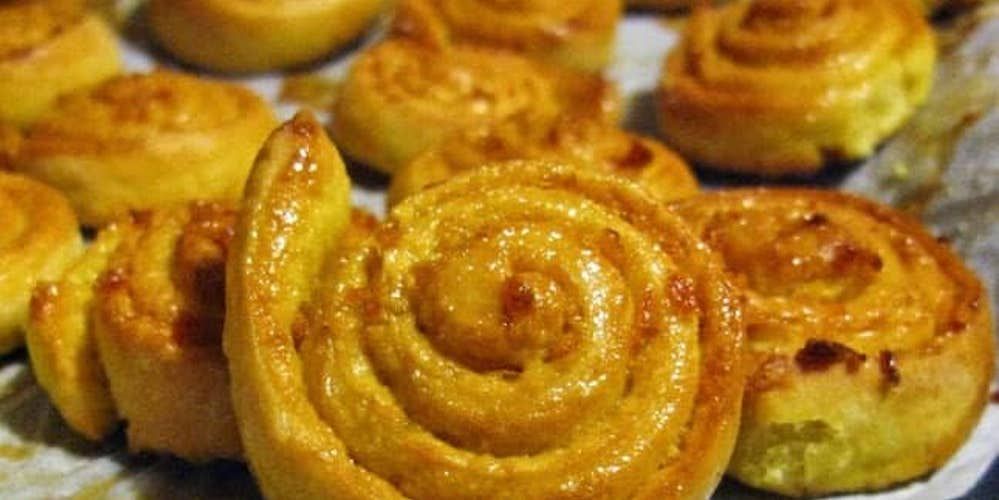
The Arancini marchigiani, not to be confused with the rice-made Sicilian Arancini (or Arancine), are fried cakes made with flour, oil, milk and eggs.
With their characteristic pinwheel shape, they are realized by rolling the dough, previously covered with granulated sugar and grated oranges, before being cut into slices.
The filling and the orange flavoring, from which the name of this dessert derives, gives the Arancini Marchigiani an intense scent and a unique flavor, turning them into real icons of the Carnival period.
The Struffoli or Cicerchiata
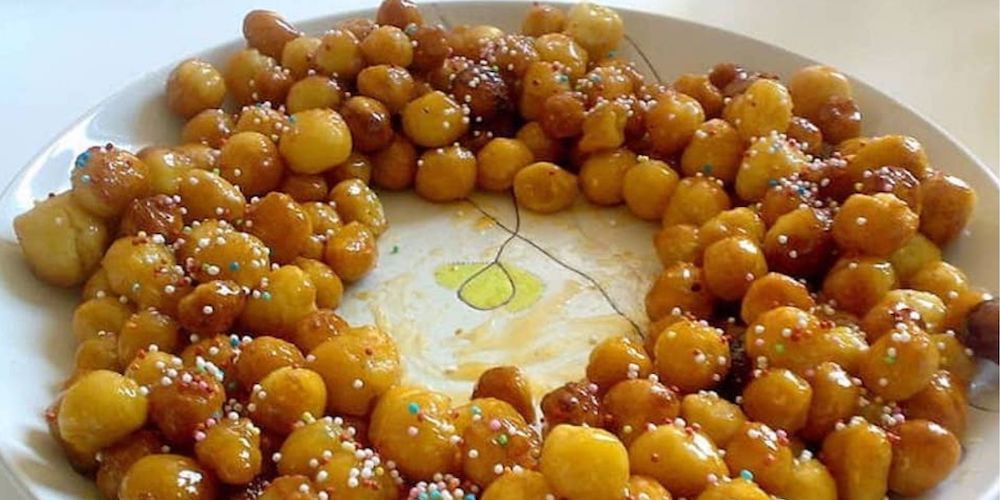
Of Umbrian origin but also widespread in the nearby Marche, Abruzzo and in general in the whole Centre-South of Italy, the recipe of the Struffoli (also called Cicerchiata) is prepared with a mixture of flour, grated lemon peel, butter, sugar and mix, a sweet liqueur typical of central Italy.
These traditional Carnival cakes are then fried in seed oil and seasoned with honey and colored sugar sprinkles. The Struffoli are thus presented in the form of many pieces of “ceci” (chickpeas), from which in fact derives the name Cicerchiata (while Struffolo indicates its rounded shape).
Struffoli are very common also in Campania, where, however, they are not considered a typical icon of Carnival, but rather a traditional Christmas recipe.
The Castagnole

Castagnole are small zeppoles made with butter, sugar, grated lemon peel and yeast, fried in seed oil and covered with icing sugar. To your taste, you can combine the ricotta to the dough, to make them softer.
It’s a Carnival cake whose recipe, described in four different variations, was found in an 18-century manuscript in the State Archives of Viterbo.
In fact, we must say that the Castagnole are spread throughout all Central Italy, not only in Lazio. In Ancona, for example, there is also a famous and funny Carnival proverb: “Finito Carnevale, finito amore / finito il far la pacchia da signore / finito il setacciar farina in fiore / finito il mangiare castagnole” (Finished Carnival, finished love / finished the ladies' party / finished sifting the flour in flower / finished eating castagnole).
The Chiacchiere: one of the most typical Italian Carnival cakes directly from ancient Rome
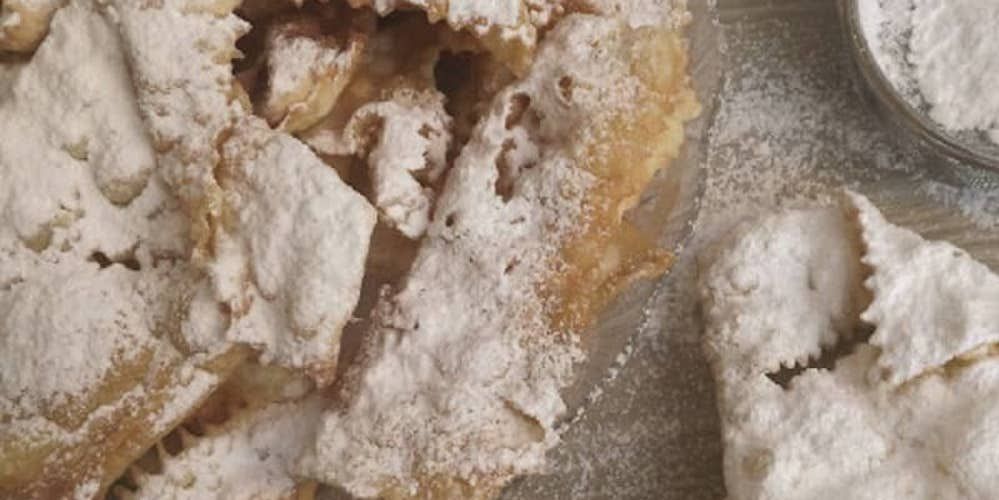
At Carnival, Chiacchiere are the undisputed protagonists, one of the most popular Carnival cakes in Italy. Their origin dates back to the Roman period, when during the festivities of Saturnalia and Bacchanalia it was customary to consume sweets fried in pork fat.
Today the Chiacchiere are basically present in all Italian regions, even if with different names like Frappe (in Rome, Viterbo and Ancona) Cenci (Tuscany), Crostoli (Friuli and Trentino), Galani (Veneto) and Bugie (Piedmont and Liguria).
They are thin strips of fried dough made from flour, butter or lard, eggs, sugar, a pinch of salt, powdered sugar and peanut oil for frying. Once a homogeneous dough is obtained, a round sheet is created with the rolling pin, which is cut into strips with a serrated wheel and then fried in boiling oil until it reaches a beautiful golden color.
Finally, Chiacchiere are sprinkled with icing sugar and greedily consumed throughout the period of the Carnival festivities.
The sweet Sanguinaccio
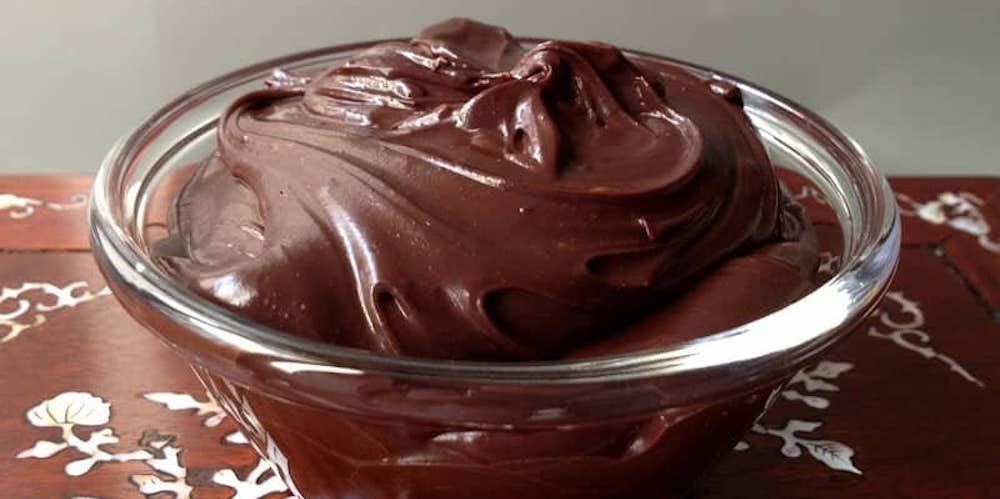
The sweet Sanguinaccio is a delicious cream, typical of the Carnival period also because it’s ideal to accompany Chiacchiere, based on dark chocolate, cocoa, milk, sugar, pieces of cedar, flavored with cinnamon, rum and vanilla to serve with biscuits frappe or Savoiardi.
It’s a very common recipe in different regions of Central and Southern Italy, from Marche to Puglia up to Campania and Calabria.
An interesting fact that today could be a bit impressing: until few decades ago, the sweet Sanguinaccio included pork blood, now banned, which was collected during slaughter and subsequently filtered and mixed with the ingredients mentioned above.
The Neapolitan tradition of Migliaccio
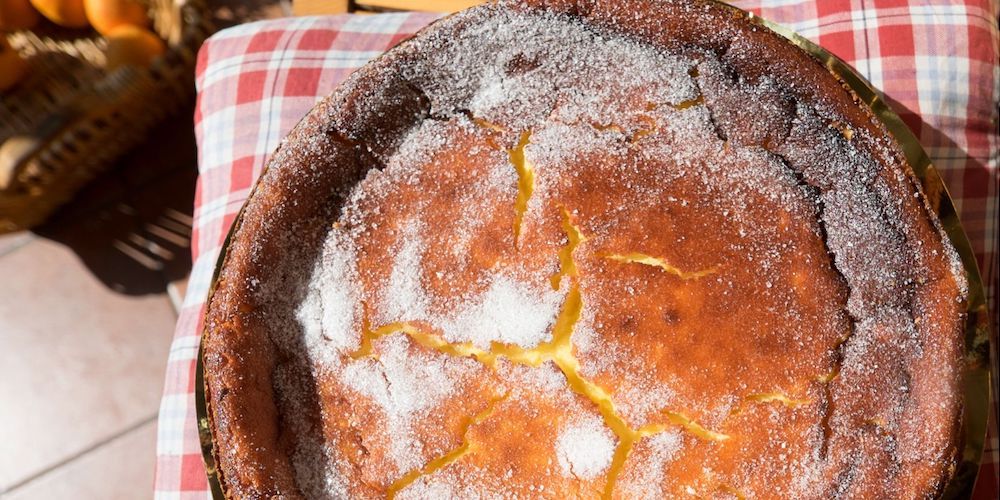
Typical of the Neapolitan gastronomic tradition, Migliaccio was once prepared with millet flour, from which the name derives, which was later replaced by semolina.
It’s a very simple recipe that requires a lot of patience. Ingredients (semolina, ricotta, eggs, milk, sugar, vanilla, a pinch of cinnamon, cedar and aroma of millefiori) should be mixed on the fire to create a mixture to bake for about an hour, until it takes a beautiful golden color. Some variations include the use of the so called "capelli d'angelo" (angel hair), which are a sort of very thin spaghetti.
In Emilia-Romagna there’s a different version of the Neapolitan Migliaccio, a kind of variant of the sweet Sanguinaccio that involves the use of pork blood, dark chocolate, cocoa, milk, candied fruit, eggs and breadcrumbs. This mixture is then used to fill a dough to be baked in the oven.
Explore the beautiful Naples with the Naples PassThe Graffe of Carnival
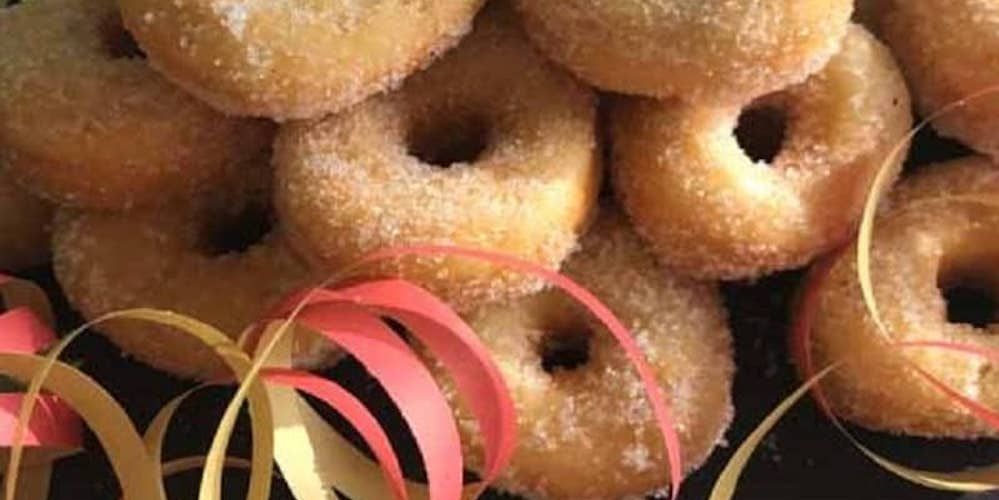
Finally, last but not least, we can not miss to talk about the Graffe, donuts fried and covered with sugar. They are a typical Neapolitan dessert also prepared in the rest of Italy mainly to celebrate the Carnival.
This recipe, as traditional and simple as tasty, is made with flour, potatoes, butter, yeast, granulated sugar, grappa, grated lemon peel and oil for frying.
So we have reached the end of this long and tasty roundup among the extraordinary Italian Carnival cakes: whatever the choice you make... the taste is guaranteed!
About the author
Written on 12/01/2024

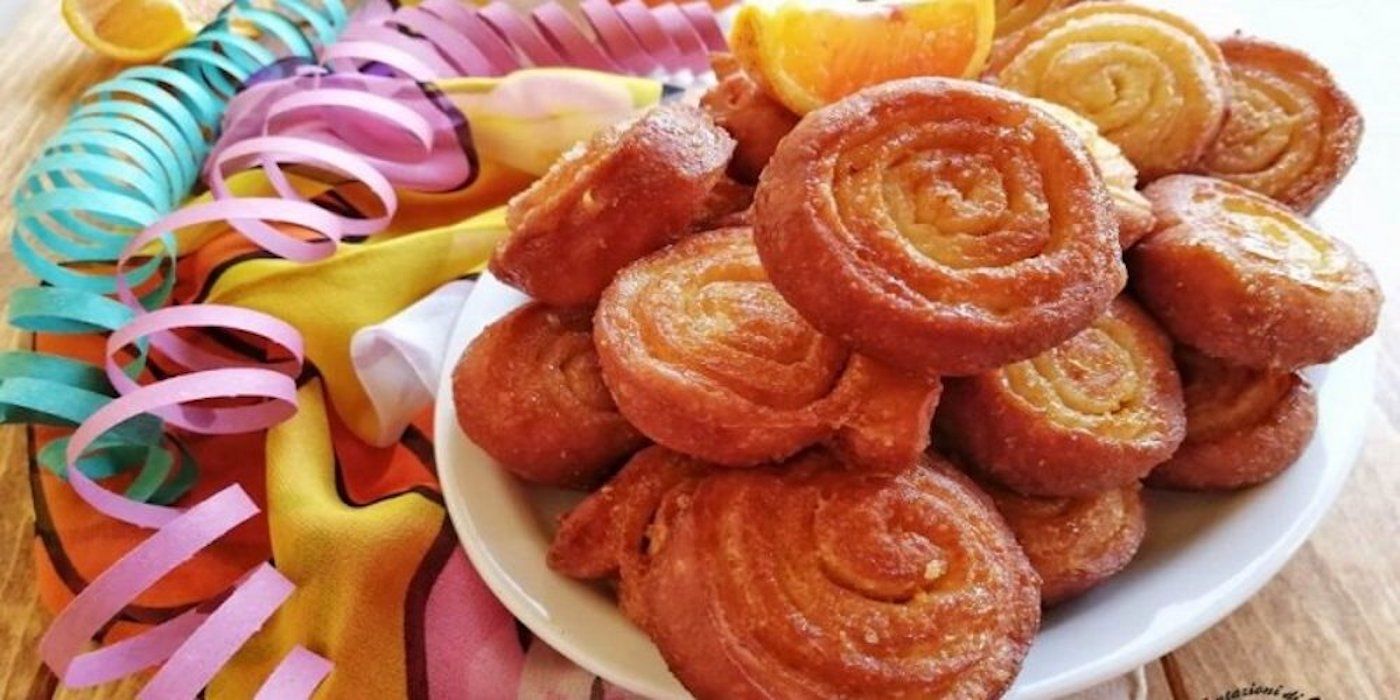

Alessandra Festa
Let’s travel together on a real gastronomic journey to discover the most famous, traditional and tasty recipes of the Italian Carnival Cakes.